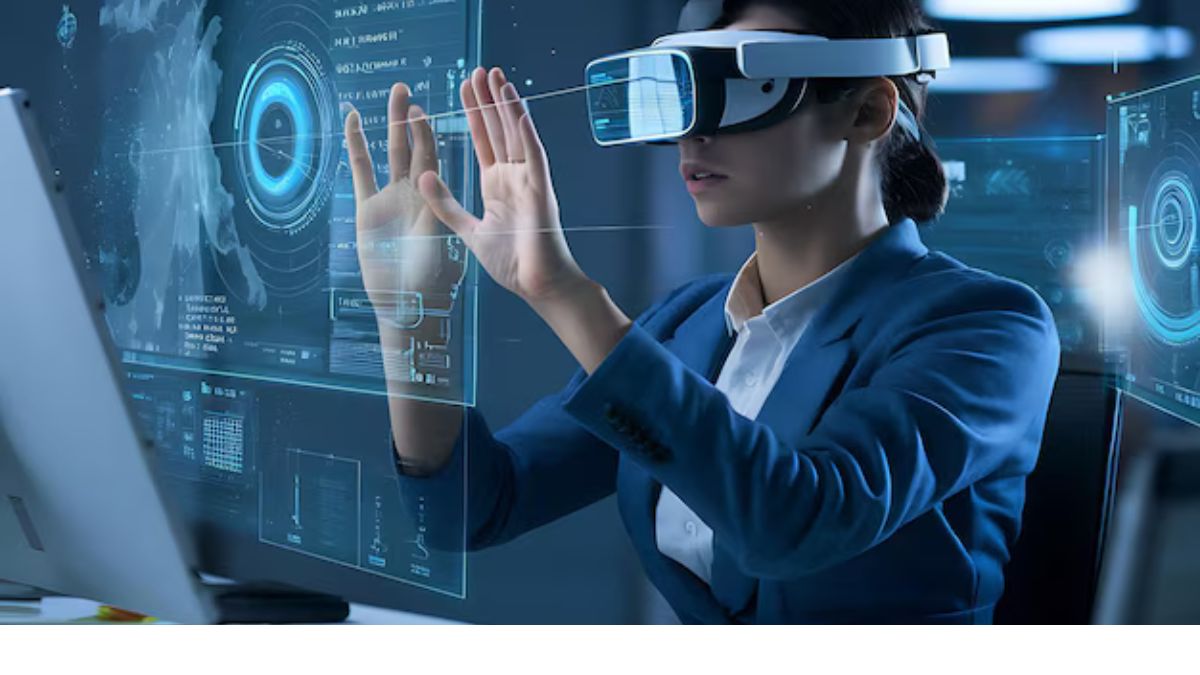In the evolving landscape of quality assurance and safety, high-tech inspections are transforming how industries manage their operations and ensure standards. With the integration of advanced technologies, inspections have become more precise, efficient, and insightful. This article delves into the significance of high-tech inspections, exploring the technologies driving this transformation, their benefits, and their impact across various sectors.
The Evolution of Inspections
Historically, inspections were largely manual processes, dependent on human judgment and physical tools. These traditional methods, while effective to an extent, had limitations in terms of accuracy, scope, and efficiency. With the advent of technology, the inspection process has undergone a significant transformation. Today, high-tech inspections leverage innovations like artificial intelligence (AI), machine learning, and advanced imaging techniques to enhance the quality and safety of inspections.
Technology Integration
The integration of technology into inspections involves the adoption of sophisticated tools and systems. AI algorithms analyze data to identify patterns and anomalies that may be missed by human inspectors. Machine learning models improve the accuracy of these analyses over time by learning from historical data. Advanced imaging technologies, such as drones and high-resolution cameras, provide detailed visual inspections that offer insights beyond the capabilities of traditional methods.
Key Technologies in High-Tech Inspections
Drones and Aerial Imaging
Drones have revolutionized inspections, especially in industries like construction, agriculture, and infrastructure. Equipped with high-resolution cameras, drones can capture detailed images and videos from angles that are difficult or impossible to reach manually. This aerial perspective allows for comprehensive inspections of large areas, such as bridges, pipelines, and agricultural fields, with high accuracy and efficiency.
Thermal Imaging
Thermal imaging technology detects heat patterns and temperature variations in objects and structures. By visualizing heat signatures, inspectors can identify issues such as insulation problems, electrical faults, and heat leaks that are not visible to the naked eye. This technology is particularly useful in building inspections, electrical systems, and mechanical equipment maintenance.
Ultrasonic Testing
Ultrasonic testing uses high-frequency sound waves to detect internal flaws in materials. This non-destructive testing method is invaluable in industries such as aerospace, manufacturing, and construction, where detecting cracks, weld defects, and other structural issues is critical. Ultrasonic testing provides precise measurements and can penetrate deep into materials to reveal hidden defects.
Artificial Intelligence and Machine Learning
AI and machine learning algorithms analyze vast amounts of data to identify patterns and anomalies. These technologies can process and interpret data from various sources, including images and sensor readings, to provide predictive insights and automate inspection tasks. AI-powered systems enhance decision-making by delivering accurate predictions and identifying potential issues before they escalate.
Benefits of High-Tech Inspections
Increased Accuracy and Precision
High-tech inspections offer enhanced accuracy compared to traditional methods. Technologies like drones and thermal imaging provide detailed and precise data, reducing the likelihood of human error. AI algorithms further refine this accuracy by analyzing large datasets and identifying subtle anomalies that may be overlooked in manual inspections.
Enhanced Efficiency
High-tech inspections streamline the inspection process, significantly reducing the time required to complete tasks. Drones can quickly survey large areas, while automated systems process data in real time. This efficiency not only accelerates the inspection process but also allows for more frequent and thorough inspections, leading to better overall maintenance and quality control.
Cost Savings
While the initial investment in high-tech inspection tools may be substantial, the long-term cost savings are significant. Efficient inspections reduce the need for extensive manual labor and minimize the risk of costly repairs due to undetected issues. Additionally, predictive maintenance powered by AI can prevent equipment failures and extend the lifespan of assets, leading to further cost reductions.
Improved Safety
Safety is a paramount concern in inspections, especially in hazardous environments. High-tech tools like drones and thermal imaging eliminate the need for inspectors to enter dangerous areas, reducing the risk of accidents and injuries. Advanced technologies also enhance safety by identifying potential hazards before they pose a threat, allowing for timely interventions.
Applications Across Industries
Construction and Infrastructure
In the construction and infrastructure sectors, high-tech inspections play a crucial role in ensuring structural integrity and compliance with safety standards. Drones provide detailed aerial views of construction sites, facilitating progress monitoring and quality control. Thermal imaging detects issues such as heat leaks and insulation problems in buildings. Ultrasonic testing ensures the structural soundness of materials and welds.
Manufacturing and Production
High-tech inspections in manufacturing involve the use of AI and machine learning to monitor production lines and detect defects in real time. Ultrasonic and visual inspections ensure the quality of components and assemblies, reducing the likelihood of faulty products reaching the market. Predictive maintenance powered by AI helps in scheduling repairs and replacements before equipment failures occur.
Healthcare and Pharmaceuticals
In healthcare and pharmaceuticals, high-tech inspections are critical for maintaining hygiene standards and ensuring the quality of medical devices and pharmaceuticals. Thermal imaging can detect temperature deviations in storage environments, while AI algorithms monitor data from medical equipment for signs of malfunction. These technologies contribute to patient safety and the effectiveness of medical treatments.
Energy and Utilities
The energy and utilities sector benefits from high-tech inspections through enhanced monitoring of critical infrastructure such as power lines, pipelines, and reactors. Drones and thermal imaging detect issues like leaks, corrosion, and equipment malfunctions. AI-driven predictive maintenance helps in managing the operational lifespan of assets and preventing disruptions in service.
Challenges and Considerations
Initial Investment
The adoption of high-tech inspection tools often requires a significant upfront investment. While the long-term benefits may outweigh the costs, organizations must consider their budget and the potential return on investment. Careful planning and cost-benefit analysis are essential in determining the feasibility of integrating these technologies.
Data Management
High-tech inspections generate vast amounts of data that require effective management and analysis. Organizations must invest in robust data storage solutions and analytical tools to handle this information efficiently. Ensuring data security and compliance with regulations is also crucial in managing sensitive inspection data.
Technical Expertise
Implementing and maintaining high-tech inspection systems require specialized knowledge and training. Organizations need to invest in training for their staff to effectively operate and interpret the results from these advanced tools. Collaboration with technology providers and ongoing education are important for maximizing the benefits of high-tech inspections.
Future Trends in High-Tech Inspections
As technology continues to evolve, high-tech inspections will likely see further advancements. Innovations such as 5G connectivity will enhance real-time data transmission and remote inspections. The integration of augmented reality (AR) and virtual reality (VR) could revolutionize how inspectors interact with data and conduct inspections. Additionally, the continued development of AI and machine learning will drive more accurate and predictive inspection capabilities.
Conclusion
In conclusion, high-tech inspections are transforming quality assurance and safety across various industries. By leveraging advanced technologies, organizations can achieve greater accuracy, efficiency, and cost savings while improving safety and operational performance. As these technologies continue to advance, the potential for even more impactful and innovative inspection solutions is on the horizon.











